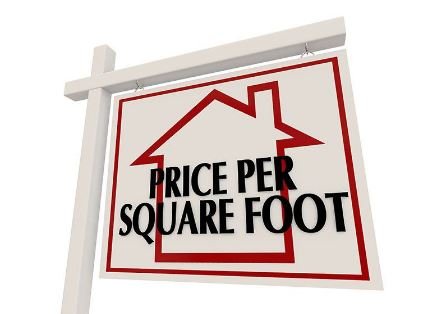Racial bias is not a new topic but it is quickly becoming a heated debate point in the world of real estate valuation. Much of it centers around a few lawsuits in which an individual (or group of individuals) feel that an appraisal reflected a value lower than it should have because the appraiser considered the race of an individual within the overall equation and in turn, allowing it to negatively impact the valuation process.
I am not here to argue whether or not racial bias exists. As ugly as it is, I believe it does and in order to have a reasonable discussion about it, it must be acknowledged. I also believe, although I’d like to think it is minimal, racial bias exists in all professions- even mine. Without the proper acknowledgement, effective solutions cannot be achieved. With that being said, that is not the point of this article. What I would like to accomplish in the first part of this series, is to define the problem and refer to those regulations that prohibit racial bias in the appraisal profession.
What is racial bias and how can it be something that exists within real estate valuation? Racial bias refers to the primarily unconscious thoughts, preconceptions, or experiences that cause people to think and act in prejudiced ways.
According to an article written by Business Insider “Appraisal bias refers to discrimination in the appraisal process, such as assigning a lower value to a home because of the race of the person who lives there. Appraisal bias can happen consciously or unconsciously, or it can happen as a result of the lingering effects of historical discrimination that linked race to property values.
It's a violation of fair housing laws to discriminate in the appraisal process based on protected factors, which include race, color, national origin, religion, sex, gender identity, sexual orientation, familial status, or disability.”
You can read the full article here:
https://www.businessinsider.com/personal-finance/appraisal-bias
Not only is it a violation of fair housing laws, but it is also a violation of the USPAP (Uniform Standards for Professional Appraisal Practice) Ethics Rule that we as appraisers agree to observe. Under the Conduct portion of the Ethics Rule are the following statements:
“An appraiser must perform assignments with impartiality, objectivity, and independence, and without accommodation of personal interests AND
An appraiser must not use or rely on unsupported conclusions relating to characteristics such as race, color, religion, national origin, gender, marital status, familial status, age, receipt of public assistance income, handicap, or an unsupported conclusion that homogeneity of such characteristics is necessary to maximize value.”
In short, Federal Law and our own Ethics Rule prohibits appraisers from completing appraisals with any form of bias, including racial bias.





















